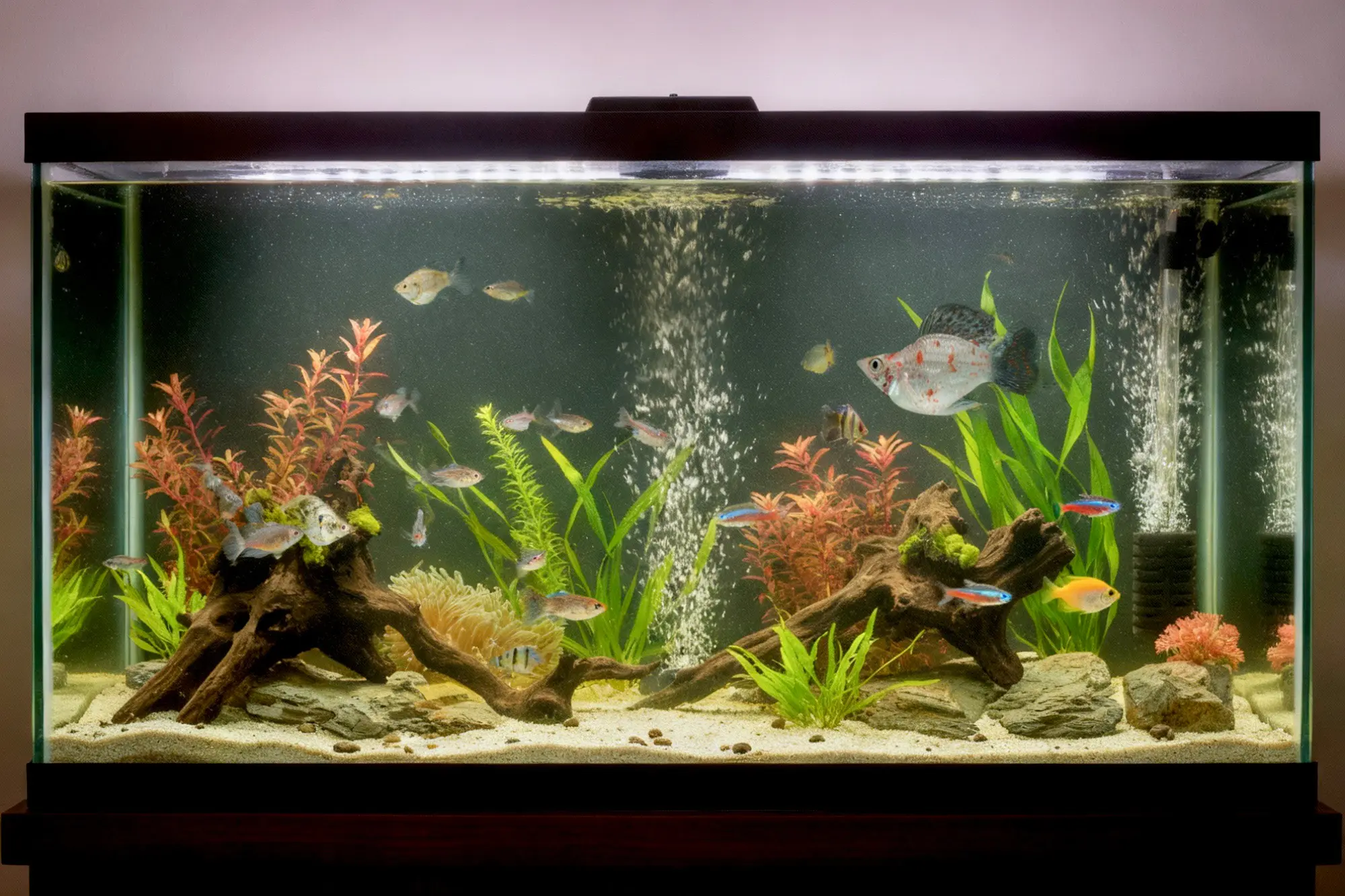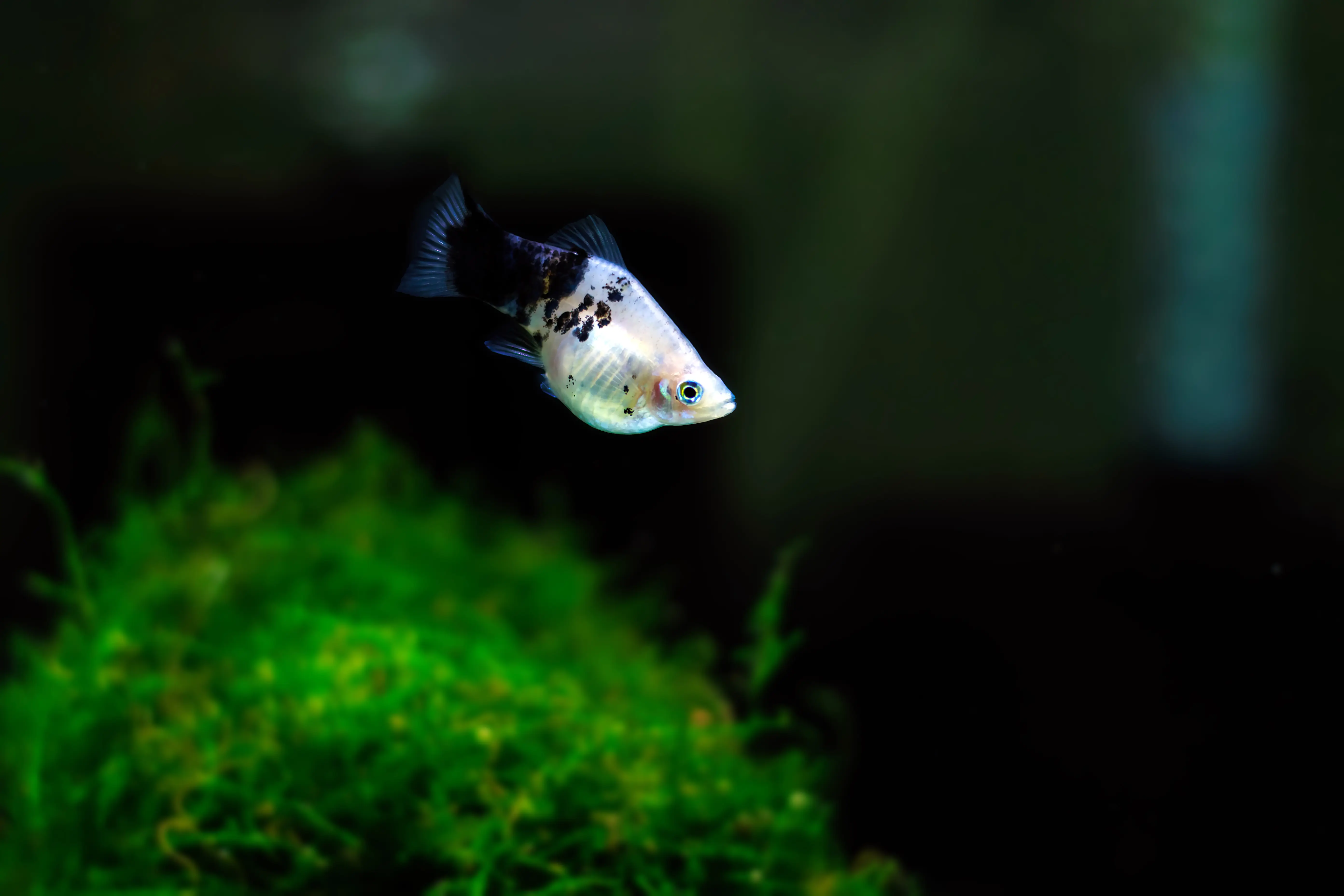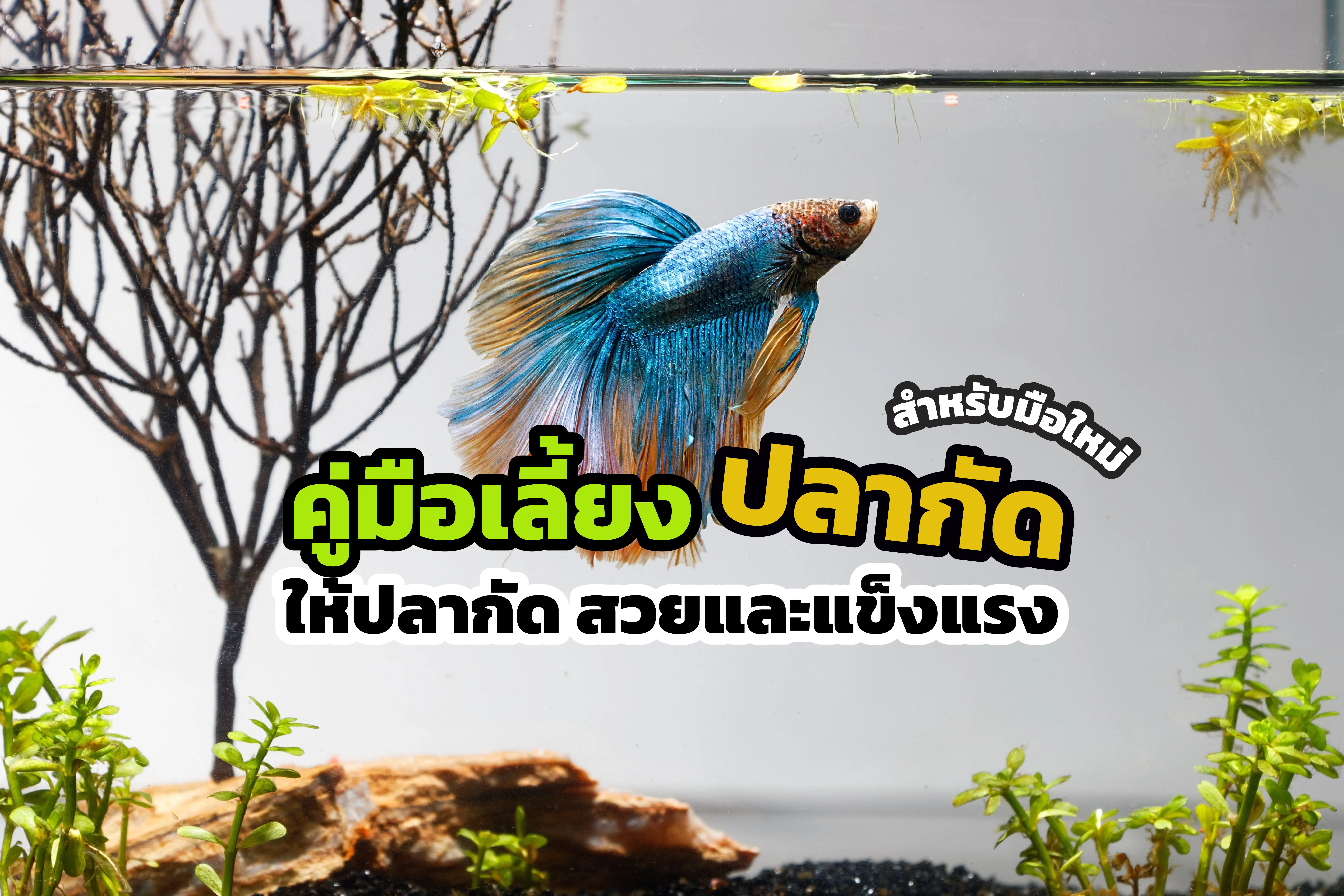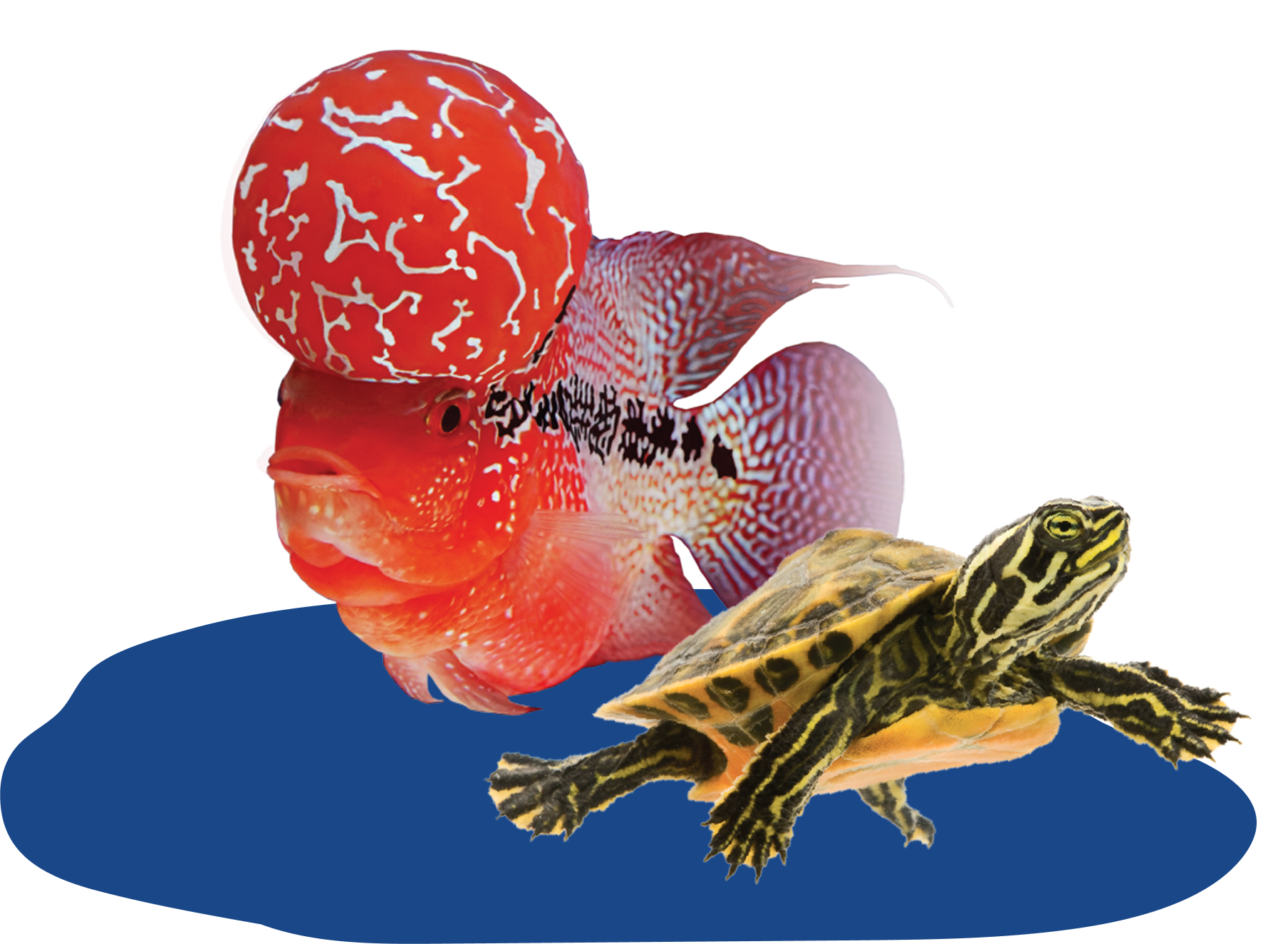How to Care for Balloon Mollies for Beginners, Along with Simple Tips to Keep Them Healthy and Vibrant in Color

How to Care for Balloon Mollies for Beginners, Along with Simple Tips to Keep Them Healthy and Vibrant in Color
How to Care for Balloon Fish for Beginners with Simple Tips to Keep Them Healthy and Vibrant | Okiko
Balloon fish are one of the most popular choices for many fish keepers. Besides their cute round and chubby appearance, balloon fish have a friendly and gentle temperament, and they easily interact with humans, making them perfect for beginners.
However, this species is quite delicate. Without proper care, they can get sick easily.
This article will help you get to know balloon fish better so you can care for them with confidence and enjoy fishkeeping every day.
Get to Know Balloon Fish – Cute Behaviors You Should Know
Balloon fish, also known by some as “Balloon Fish,” are actually a sub-breed of goldfish that have been selectively bred to have a different body shape from ordinary goldfish.
Their main feature is a short and rounded body, giving them a balloon-like appearance—hence the name “balloon.”
Their colors vary widely, including orange, red, white, and mixed patterns that give them a bright and lively look.
Balloon fish have a cute personality and are easy to interact with. They usually swim slowly, are not aggressive, and can be kept together in groups in the same tank.
However, because of their short and delicate body structure, they are more sensitive to water quality than regular goldfish. They are also prone to dropsy and swim bladder diseases—something beginners must understand from the beginning.

How to Feed Balloon Fish to Keep Them Healthy with Vibrant Colors
Food affects both the health and coloration of balloon fish. If the wrong type of food is chosen, it may cause bloating or make them more susceptible to infections. Feeding fish is not just about filling their stomachs but building a strong foundation for good health. Food should be chosen according to each life stage so the fish receive complete nutrients, digest easily, grow strong, have bright colors, and develop good immunity.
Suitable Types of Food for Balloon Fish
Commercial food for balloon fish:
Balloon fish have small mouths and a rather delicate digestive system. Therefore, large or overly hard pellets or floating food that stays on the water for too long should be avoided, as it may cause fish to swallow too much air, leading to swim bladder issues or incomplete digestion that results in bloating.
Choose food that contains complete nutrition and supports healthy growth, such as Okiko Balloon Fish Food, which is high in protein, easy to digest, and contains astaxanthin to enhance vibrant coloration.
Food for baby balloon fish:
Choose small pellets that are easy to digest and rich in protein, vitamins, and immunity-boosting nutrients to support healthy development from an early stage, such as Okiko Balloon Fish Food BABY BOOST, which has small pellets, easy digestion, and is rich in protein, vitamins, and nutrients that enhance color and strengthen immunity, helping young fish grow strong from the start.
Live food:
Live food such as red worms or plankton is also a good choice for balloon fish because they enjoy eating it and it helps stimulate their natural feeding behavior.
Feeding Amount
Feed 2–3 times a day, with an amount that the fish can finish within about 3–5 minutes each time. Feeding small portions consistently helps ensure proper digestion, prevents overeating and bloating, and helps maintain good water quality.
If there are leftover food particles, remove them immediately to prevent decomposition and cloudy water.

Tips for Keeping Balloon Fish Alive and Preventing Common Diseases
Even though balloon fish are relatively easy to care for, they are still delicate and can get sick easily. Proper care and prevention must start from the basics.
Keep the water clean at all times
Maintaining good water quality is the key. Change 20–30% of the water weekly and use water that has been left to rest or dechlorinated to reduce the buildup of germs and toxins.
Provide suitable and easily digestible food
Choose food specifically designed for balloon fish. Feed just the right amount—not too much—to reduce leftover food. This will help prevent digestive and swim bladder issues.
Observe the fish’s behavior regularly
Monitor balloon fish closely for any changes in swimming behavior, appetite, or body appearance, such as swimming sideways, loss of appetite, or unusual spots. If such symptoms are observed, separate the sick fish from the main tank immediately to reduce the risk of spreading disease and to allow proper treatment.
What Fish Can Balloon Fish Live With? Compatible Tankmates
Many people wonder which fish can be kept with balloon fish. Because balloon fish swim slowly, if they are kept with fast or aggressive fish, they may be bullied or stressed, or have their food taken away.
Suitable tankmates should be slow-swimming and non-aggressive fish, such as other slow-swimming goldfish breeds like ranchu, ryukin, or oranda. Balloon fish can also be kept with fish that don’t nip fins and are generally calm, such as certain dwarf cichlid species or gentle guppy varieties.
On the other hand, balloon fish should not be kept with fast-moving or aggressive fish such as koi or common goldfish. These fish may outcompete balloon fish for food and cause stress, which negatively affects their long-term health and coloration.
Conclusion
Caring for balloon fish as a beginner is not difficult if you understand their natural needs—from setting up a suitable tank to choosing the right food and maintaining good water quality. With proper care, they will stay healthy and keep their vibrant colors for a long time.
High-quality food is the key to strong and healthy balloon fish, so choosing Okiko Balloon Fish Food for adult fish and Okiko Balloon Fish Food BABY BOOST for newborn fry will help your fish grow properly, develop strong immunity, and maintain their bright and beautiful appearance throughout all life stages.









